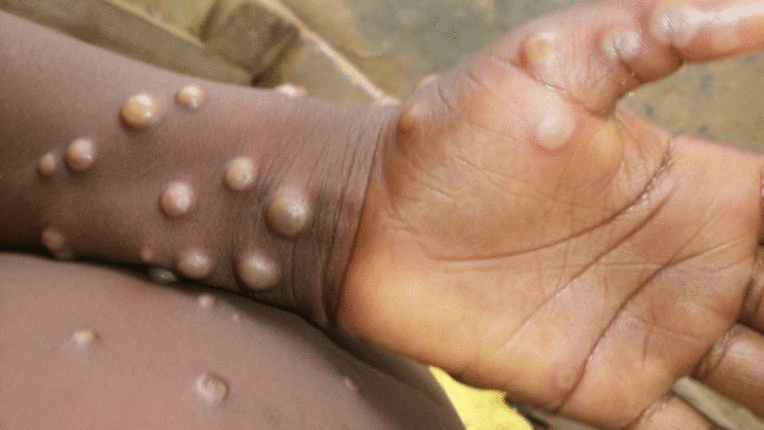
UK: Principles for monkeypox control
The UKHSA has issued new guidance on the control, transmission and biology of Monkeypox cases. We have highlighted some of the more important guidelines below, and there is a link to the full guidance at the bottom of this page.
Highlights:
- Transmission seen so far consistent with close direct contact
- The possibility of airborne transmission has not been excluded
- Important to reduce the risk of fomite transmission
- Highest risk period for onwards infection is from the onset of the prodrome until the lesions have scabbed over and the scabs have fallen off
- Abstaining from sex while symptomatic including during the prodromal phase and while lesions are present is recommended
- A precautionary approach for the use of condoms for 8 weeks after infection is recommended
- Home isolation may be used for clinically well ambulatory possible, probable or confirmed cases
- Pregnant women and severely immunosuppressed individuals should not assess or clinically care for individuals with suspected or confirmed monkeypox.
The document outlines strategic aims for controlling monkeypox, assumptions about monkeypox transmission and biology, and implications for domestic/community, ambulatory care, inpatient healthcare and other residential settings.
Assumptions about transmission and biology
These assumptions are based on the available data and expert opinion and are aligned with the World Health Organization. They will be regularly reviewed using the evidence generated in the incident response.
For individuals with infection who are well, ambulatory, and have either prodrome or rash, the highest risk transmission routes are direct contact, droplet or fomite. Transmission seen so far in this outbreak is consistent with close direct contact.
There is currently no evidence that individuals are infectious before the onset of the prodromal illness.
For individuals with infection who have evidence of lower respiratory tract involvement or severe systemic illness requiring hospitalisation, the possibility of airborne transmission has not been excluded.
It remains important to reduce the risk of fomite transmission. The risk can be substantially reduced by following agreed cleaning methods based on standard cleaning and disinfection, or by washing clothes or domestic equipment with standard detergents and cleaning products. Within healthcare, please refer to local country national infection prevention and control manual / guidance for decontamination.
Waste management and decontamination practice should follow best practice and be based on all the available evidence on safe handling of all waste in accordance with country specific legislation and regulations.
The highest risk period for onwards infection is from the onset of the prodrome until the lesions have scabbed over and the scabs have fallen off.
Deroofing procedures and throat swabs are not considered to be aerosol generating procedures (AGPs) but may cause droplets. The list of AGPs is available in the national infection prevention and control manual.
There is no available evidence on monkeypox in genital excretions and a precautionary approach for the use of condoms for 8 weeks after infection is recommended, (this will be updated as evidence emerges), in addition to abstaining from sex while symptomatic including during the prodromal phase and while lesions are present.
The disease in healthy adults is primarily self-limiting and with a relatively low mortality. There is remaining uncertainty over potentially increased severity in children and in individuals who are highly immunocompromised or pregnant.
For possible/probable cases, the minimum PPE is:
- Gloves
- Fluid repellent surgical facemask (FRSM) (an FRSM should be replaced with an FFP3 respirator and eye protection if the case presents with a lower respiratory tract infection with a cough and / or changes on their chest x-ray indicating lower respiratory tract infection)
- apron
- eye protections is required if there is a risk of splash to the face and eyes (for example when taking diagnostic tests)
For confirmed cases requiring ongoing clinical management (for example inpatient care or repeated assessment of an individual who is clinically unwell or deteriorating), for the minimum recommended PPE for healthcare workers is:
- fit-tested FFP3 respirator
- eye protection
- long sleeved, fluid repellent, disposable gown
- gloves
UKHSA: Principles for monkeypox control in the UK: 4 nations consensus statement
UK: Monkeypox classified as an airborne high consequence infectious disease
Photo by Markus Winkler on Unsplash





